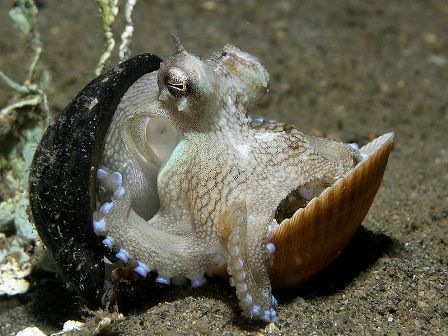He Breathes Through His Legs
Isaiah 29:14
“Therefore, behold, I will proceed to do a marvellous work among this people, [even] a marvellous work and a wonder: for the wisdom of their wise [men] shall perish, and the understanding of their prudent [men] shall be hid.”
Members of the animal kingdom generally have similar parts. For example, the radius bone in the forelimbs of the bat, the horse and the human look similar but this is because they have similar functions. Listeners will recall the illustration in their high school biology textbook where this similarity of parts is called  “homology”. Similarity is said to be the result of descent from a common ancestor and, thus, is evidence of evolution. But this is circular reasoning because the evidences are chosen on the belief that there was a common ancestor.
“homology”. Similarity is said to be the result of descent from a common ancestor and, thus, is evidence of evolution. But this is circular reasoning because the evidences are chosen on the belief that there was a common ancestor.
Then it is argued that the evidences of similarity proves a common ancestor! The octopus eye and the human eye are very similar but this example is never given since no one believes the octopus and humans had a common ancestor.
God seems to have deliberately created novelties in order to make it more difficult to believe in evolution. For example, almost all animals get their oxygen through lungs or gills located in the main part of the body. Usually, the hearing organs are in or on the head, but occasionally there is a novelty where the ears are close to the knees. Until a few years ago scientists thought that two organs on the sand bubbler crab’s legs were ears, but then they discovered that they were actually breathing organs!
God’s creation of novelties like this should help us challenge ideas that try to deny that He is our Creator.
Prayer:
Dear Father, forgive me for the times that I have been intimidated into silence in the face of ideas which deny You. Grant me Your Holy Spirit and wisdom so that I may boldly tell others the truth of Who You are and what You have done for us sinners through Jesus Christ, Your Son. Amen.
Notes:
Photo: Amphioctopus marginatus travels with shells it has collected for protection. Courtesy of Nick Hobgood. Licensed under the Creative Commons Attribution-Share Alike 3.0 Unported license.